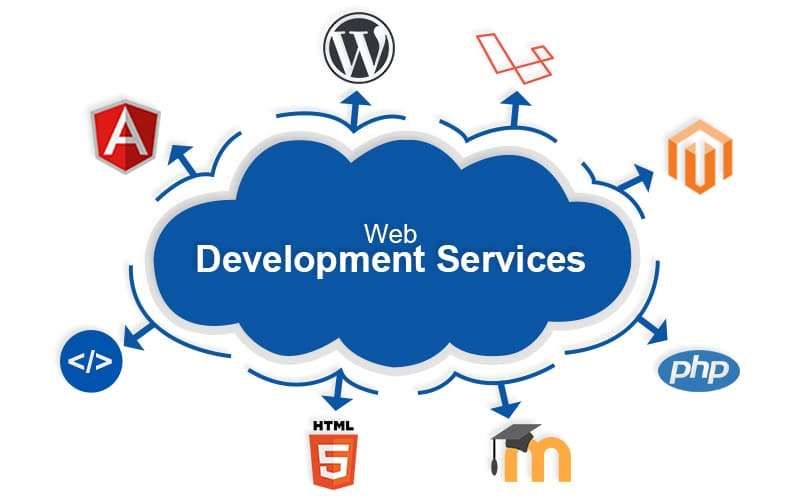Getting a web application development company to develop your website is a big step in making your business grow. The company will help you to get your website up and running, as well as keep your website updated and working at all times. However, there are many factors you need to consider before hiring a company. Here are some of them.
Cost of web application development
Developing a web application is a complex undertaking. It may require multiple stages of development and ongoing maintenance. The costs are determined by a variety of factors.
The cost of a web application varies greatly depending on the features and functionalities required. The process can also be time-consuming. The average time it takes to develop a web app is between three and six months.
Choosing the right team is important. You may need to hire freelancers, a dedicated in-house team, or both. You should have a clear idea of the scope of the project before you start hiring.
The cost of a web app depends on the complexity of the features and functionalities. A simple application will cost less than the average progressive web app.
Front-end vs back-end skills required
Unlike back end development, front-end developers focus on the visual aspects of a website. They use programming languages such as HTML, JavaScript, and CSS to bring their client’s web applications to life.
A back-end developer works with servers and databases to maintain the functionality of a website. They also need to have strong communication skills to explain the design of the site to clients.
Back-end development is usually more complex than front-end development. Back-end developers need to have a more advanced understanding of server-side programming languages. They also need to understand how to test and debug websites. They also need to know where data is stored and how to secure it.
Whether you’re a novice or a professional, you can learn these skills by taking courses or attending bootcamps. The best way to learn is to practice creating codes from scratch. This will help you develop a strong foundation in both front-end and back-end development.
Client-side vs server-side programming
Using a server-side framework can speed up the development of client-side code. These frameworks are collections of code constructs that simplify common web-development tasks. For example, they offer templating libraries, simplify layout, and allow easy database access.
Client-side code is written in a scripting language such as javascript. It is then embedded on the client’s web page. It interacts directly with table elements, buttons, and text boxes. It may also perform operations without the need for server-side resources.
In contrast, a server-side script is executed on a web server, and it is usually invisible to users. It interacts with a database, and it can be compiled into dynamic HTML table with the results of a query.
Server-side programming reduces the workload on the server by executing tasks and sending information to clients. It can be implemented in many different languages. Popular languages include Ruby, Python, C#, and PHP.
CMS software complements website development
Using a CMS software to help develop your website will not only simplify your web presence but also keep your team in sync. By leveraging the right content management system, you can publish digital content on your website, engage your visitors, and improve search engine rankings.
When choosing a content management system, it is important to consider how well it will fit with your current tech stack. This includes the software’s ability to interact with a variety of electronic data forms. You may want to get input from your leadership and other staff, such as IT, to ensure that you are making the best decision for your company.
Most CMS systems contain an internal database, which allows for easy content storage. In addition, they often have a built-in search function. This is similar to the one found in a Google search engine.
Alpha testing vs beta testing
Whether you are a developer, a product manager or a quality assurance team, alpha and beta testing play a crucial role in the success of your web application development company. Both of these testing methods help to ensure that your products are delivered with high quality.
During alpha testing, the product team tries to simulate the real-world user experience. This allows them to identify and fix production issues before a product launch. It also helps to validate the quality of the software before it’s released.
Beta testing is the next step after alpha testing. It allows a limited number of users to test the system before it is released. It allows managers to verify that the system works as expected. It also enables developers to collect feedback from users. This feedback can be used to improve future releases.
